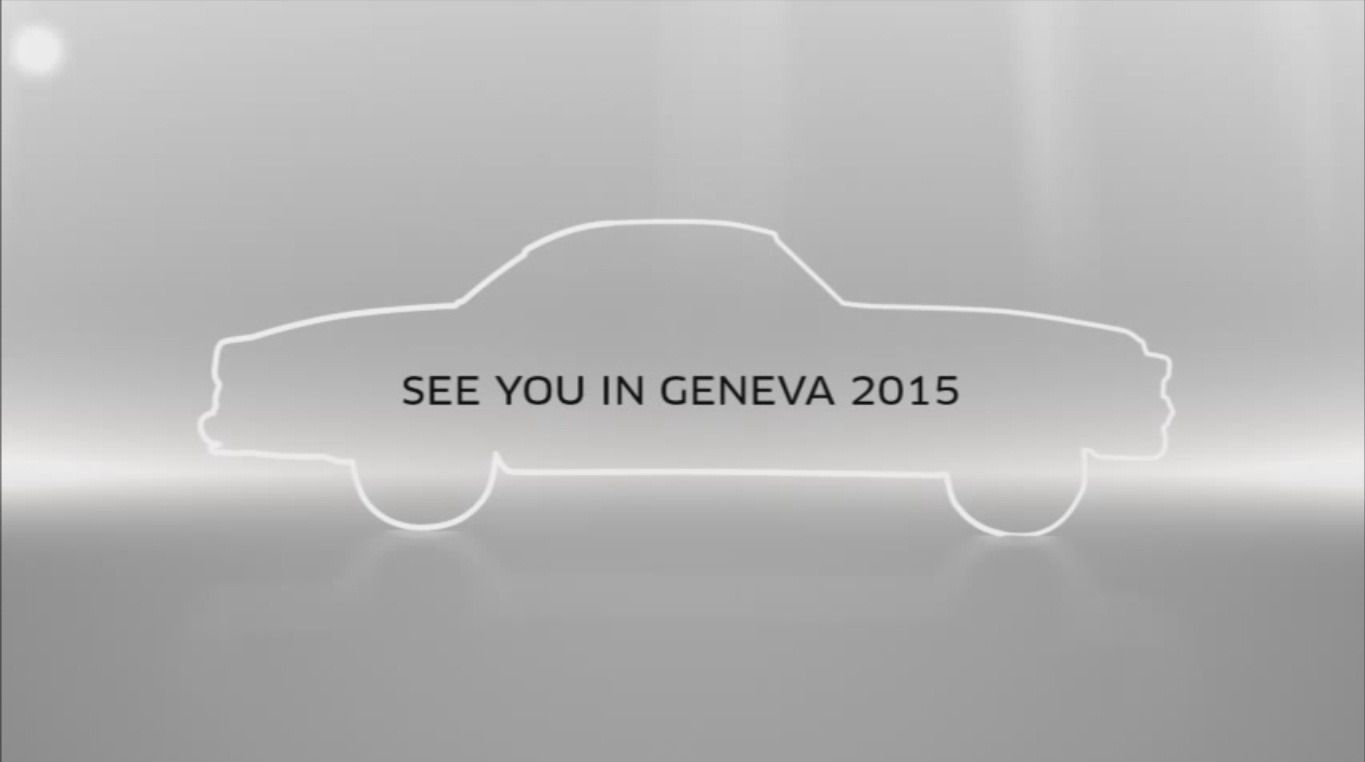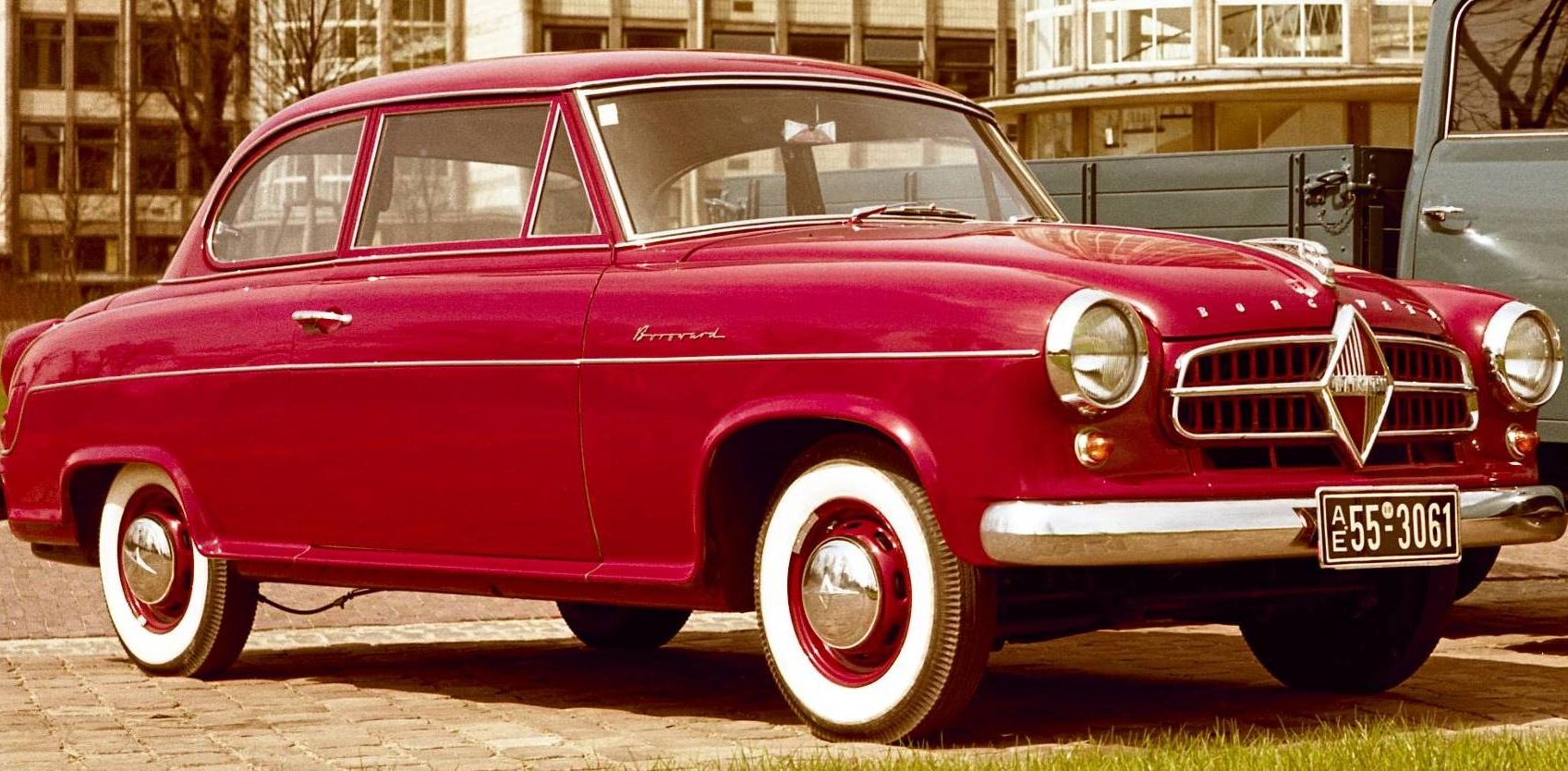When it comes to automobiles, Germany has always been at the top of the game. About a century ago it had Daimler,->ke3653 Auto Union, Maybach,->ke52 and Horch. Now, it is home to Porsche,->ke1 Mercedes-Benz,->ke187 Audi->ke14 and BMW.->ke178 In a couple of months, however, the country's automobile industry will grown to include yet another member. Actually, it's safe to say Germany will regain one of its former producers, as Borgward is set to start building cars again after a 54-year hiatus. The big comeback will take place at the 2015 Geneva Motor Show->ke228 on March 3rd, where the historic brand plans to showcase something new for the first time in more than five decades.
The marque's revival has been led by Christian Borgward (the grandson of company founder Carl F.W. Borgward), and business partner Karlheinz L. Knöss. "We began shaping and designing the future of Borgward nearly ten years ago and are now ready for the next step," said Knöss in a statement. Borgward also released a 50-second video, mostly showing archive footage of the brand. Other than a 1950s-looking coupe->ke141 profile at the end, there's no indication as to what vehicle the Germans will bring to Geneva. If I were to guess, I'd say a concept car previewing an upcoming compact is the most likely scenario.
Click past the jump to read more about the Borgward's revival.
Why it matters
Seeing prominent manufacturers rise from their own ashes -- even after half a century -- is always reason to celebrate, but it remains to be seen whether Borgward will be successful in its attempt. The Bremen-based automaker is not the first and will not the last company to be brought back from the dead, and as history taught us, there's a thin line between reviving a name and building an actual production car.
While the Bugatti brand was revived with good results in the 1980s, Maybach, for instance, survived for only six years in the modern era. Spyker and Detroit Electric are just two examples of modern revivals that are struggling to survive. Sure, that's not to say that Borgward doesn't stand a chance, but it all depends on the strategy behind the now Switzerland-based Borgward AG company and the markets it will choose to compete in. As things stand, we are probably looking at a low-volume manufacturing venture in a somewhat sporty niche.
Brief History
Largely forgotten today, Borgward was founded in 1929 in Bremen. It soon took over brands such as Hansa, Goliath and Lloyd, and went on to become one of Germany's larger automakers in the 1950s. Borgward was best known for the Isabella model, introduced in 1954 and produced until the company went bankrupt in 1961, but the Hansa nameplate (1949-1954) had some success as well. The Isabella, a rear-wheel-drive compact powered by a 1.5-liter, inline-four engine was built in many guises, including two-door saloon, coupe, cabriolet and even a station wagon. Early Isabellas enjoyed an enthusiastic reception, being praised for their spacious cabins and good performance. Sold with a sticker higher than that of competitor sedans from Opel and Ford, but significantly more affordable than the compact Mercedes cars of the era, the Isabella came with features such as a cigarette lighter and clock, both considered premium features in the 1950s.
A larger four-door sedan, dubbed P100, was offered beginning 1959. Powered by a larger, more powerful, 2.2-liter, straight-six engine that generated 100 horsepower, the P100 was aimed at the Mercedes-Benz W111. However, it had very little success against the Stuttgart’s well-established reputation for producing dependable sedans, and Borgward sold less than 3,000 units until it went bankrupt 1961. Borgward also built trucks and remote-control demolition vehicles for the German Army during World War II. Founder Carl Borgward died in 1963, two years after his company was forced into liquidation by creditors.


